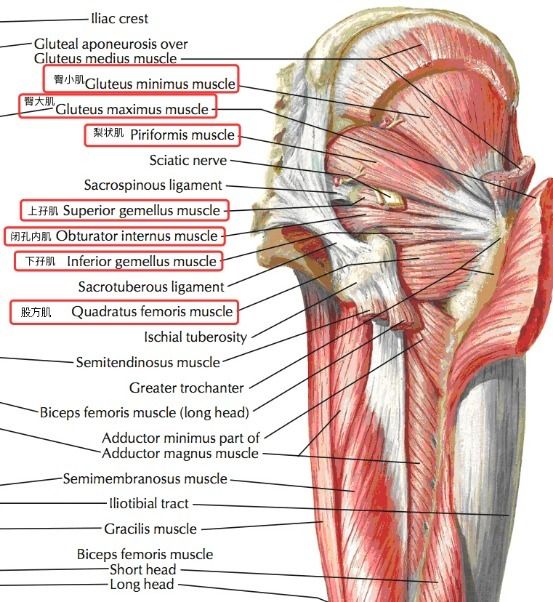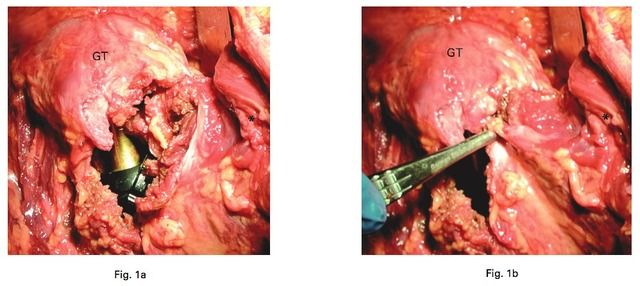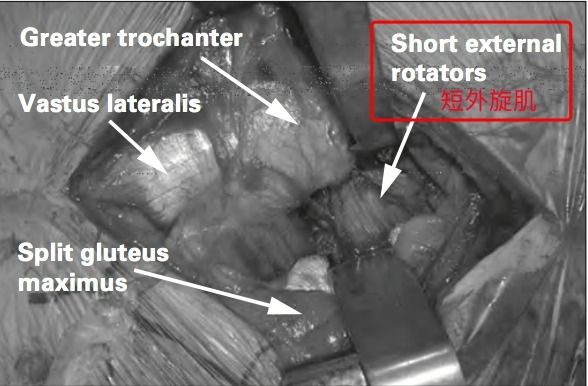Since Sculco et al. first reported the small-incision total hip arthroplasty (THA) with posterolateral approach in 1996, several new minimally invasive modifications have been reported. Nowadays, the minimally invasive concept has been widely transmitted and gradually accepted by clinicians. However, there is still no clear-cut decision as to whether minimally invasive or conventional procedures should be used.
The advantages of minimally invasive surgery include smaller incisions, less bleeding, less pain, and faster recovery; however, the disadvantages include limited field of view, easy to produce medical neurovascular injuries, poor prosthesis position, and increased risk of re-reconstructive surgery.
In minimally invasive total hip arthroplasty (MIS – THA), postoperative muscle strength loss is an important reason affecting recovery, and the surgical approach is an important factor affecting muscle strength. For example, anterolateral and direct anterior approaches may damage the abductor muscle groups, leading to a rocking gait (Trendelenburg limp).
In an effort to find minimally invasive approaches that minimize muscle damage, Dr. Amanatullah et al. from the Mayo Clinic in the United States compared two MIS-THA approaches, the direct anterior approach (DA) and the direct superior approach (DS), on cadaveric specimens to determine the damage to muscles and tendons. The results of this study showed that the DS approach is less damaging to muscles and tendons than the DA approach and may be the preferred procedure for MIS-THA.
Experimental design
The study was conducted on eight freshly frozen cadavers with eight pairs of 16 hips with no history of hip surgery. One hip was randomly selected to undergo MIS-THA via the DA approach and the other via the DS approach in one cadaver, and all procedures were performed by experienced clinicians. The final degree of muscle and tendon injury was assessed by an orthopedic surgeon who was not involved in the operation.
The anatomical structures evaluated included: gluteus maximus, gluteus medius and its tendon, gluteus minimus and its tendon, vastus tensor fasciae latae, quadriceps femoris, upper trapezius, piatto, lower trapezius, obturator internus, and obturator externus (Figure 1). The muscles were assessed for muscle tears and tenderness visible to the naked eye.
Fig. 1 Anatomical diagram of each muscle
Results
1. Muscle damage: There was no statistical difference in the extent of surface damage to the gluteus medius between the DA and DS approaches. However, for the gluteus minimus muscle, the percentage of surface injury caused by the DA approach was significantly higher than that caused by the DS approach, and there was no significant difference between the two approaches for the quadriceps muscle. There was no statistically significant difference between the two approaches in terms of injury to the quadriceps muscle, and the percentage of surface injury to the vastus tensor fasciae latae and rectus femoris muscles was greater with the DA approach than with the DS approach.
2. Tendon injuries: Neither approach resulted in significant injuries.
3. Tendon transection: The length of gluteus minimus tendon transection was significantly higher in the DA group than in the DS group, and the percentage of injury was significantly higher in the DS group. There was no significant difference in tendon transection injuries between the two groups for the pyriformis and the obturator internus. The surgical schematic is shown in Fig. 2, Fig. 3 shows the traditional lateral approach, and Fig. 4 shows the traditional posterior approach.
Fig. 2 1a. Complete transection of the gluteus minimus tendon during the DA procedure due to the need for femoral fixation; 1b. Partial transection of the gluteus minimus showing the extent of injury to its tendon and muscle belly. gt. greater trochanter; * gluteus minimus.
Fig. 3 Schematic of the traditional direct lateral approach with the acetabulum visible on the right with appropriate traction
Figure 4 Exposure of the short external rotator muscle in a conventional THA posterior approach
Conclusion and Clinical Implications
Many previous studies have shown no significant differences in operative duration, pain control, transfusion rate, blood loss, length of hospital stay, and gait when comparing conventional THA with MIS-THA.A clinical study of THA with conventional access and minimally invasive THA by Repantis et al. showed no significant differences between the two, except for a significant reduction in pain, and no significant differences in bleeding, walking tolerance, or postoperative rehabilitation. A clinical study by Goosen et al.
An RCT of Goosen et al. showed an increase in the mean HHS score after minimally invasive approach (suggesting better recovery), but a longer operative time and significantly more perioperative complications. In recent years, there have also been many studies examining muscle damage and postoperative recovery time due to minimally invasive surgical access, but these issues have not yet been thoroughly addressed. The present study was also conducted based on such issues.
In this study, it was found that the DS approach caused significantly less damage to muscle tissue than the DA approach, as evidenced by significantly less damage to the gluteus minimus muscle and its tendon, the vastus tensor fasciae latae muscle, and the rectus femoris muscle. These injuries were determined by the DA approach itself and were difficult to repair after surgery. Considering that this study is a cadaveric specimen, clinical studies are needed to investigate the clinical significance of this result in depth.
Post time: Nov-01-2023














